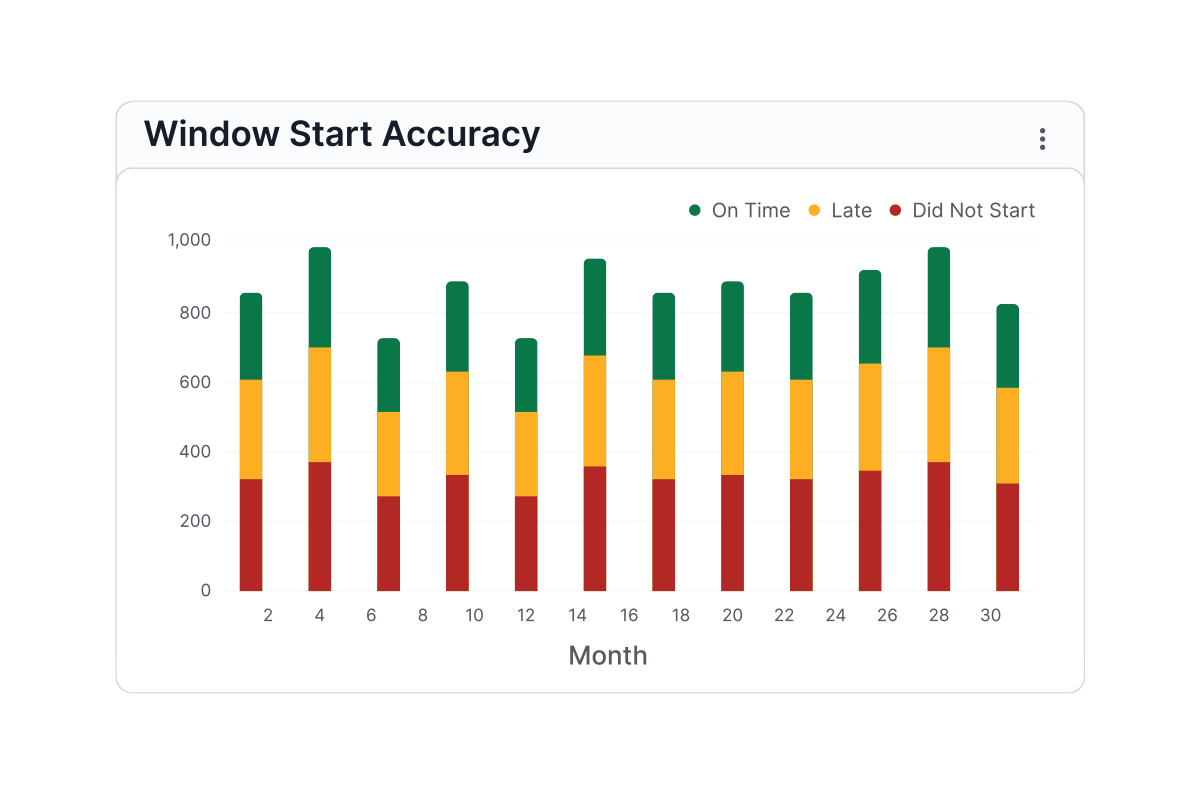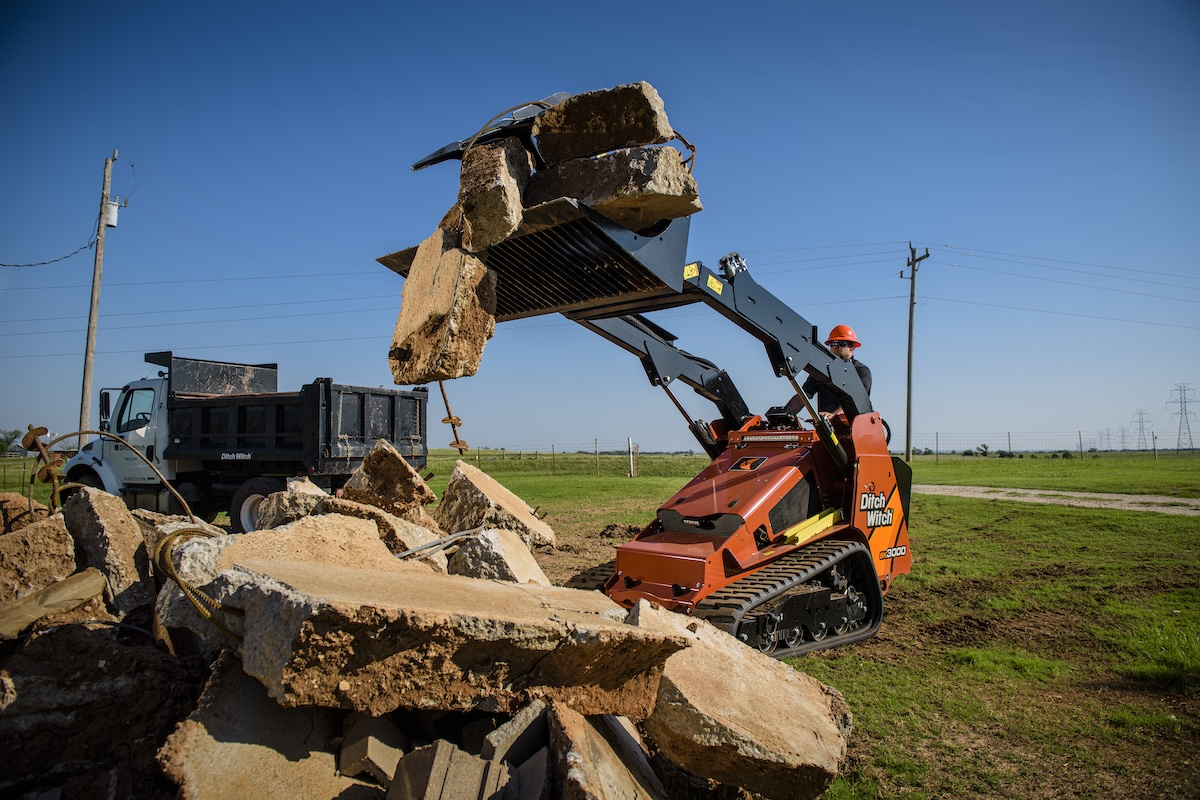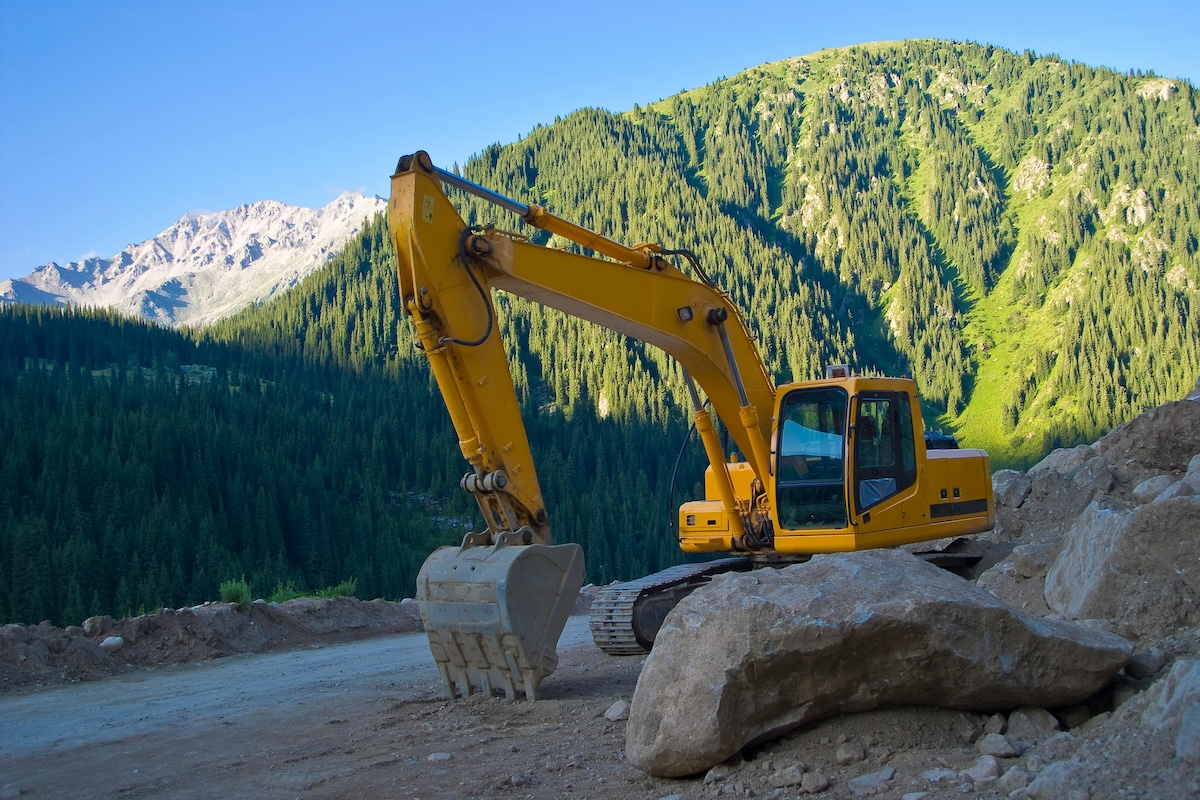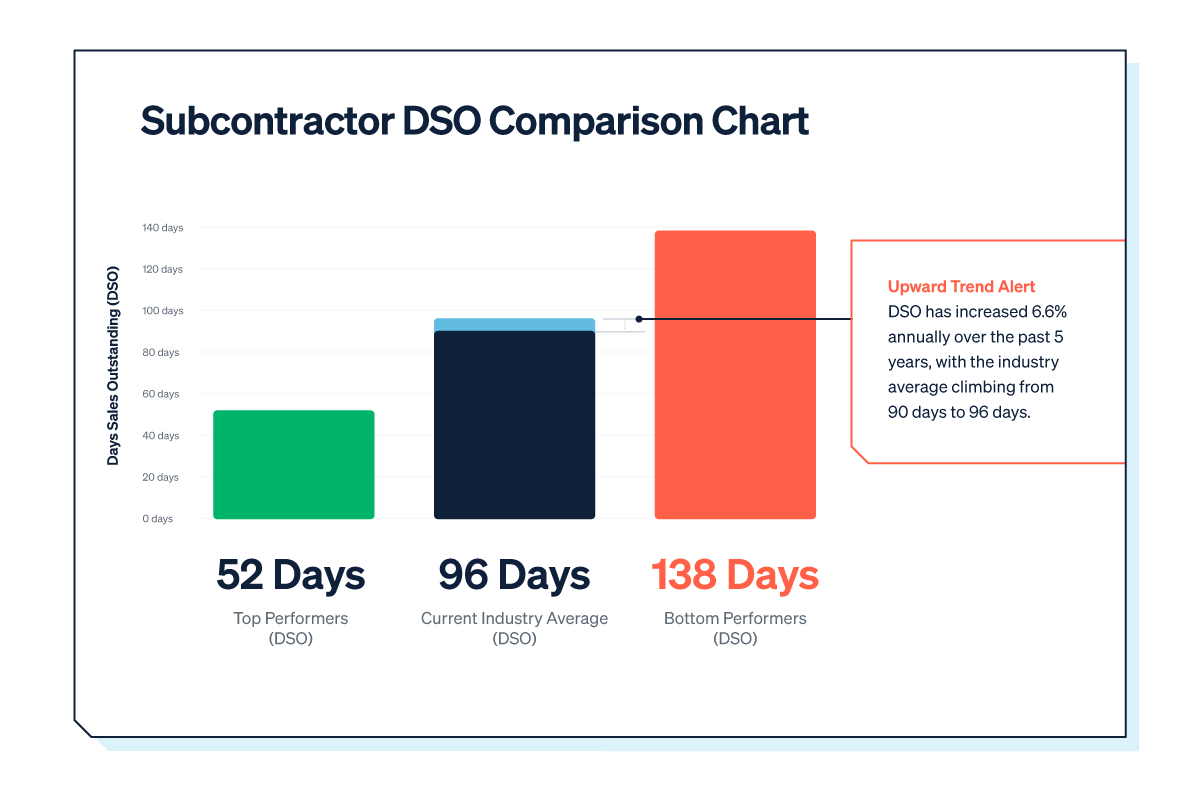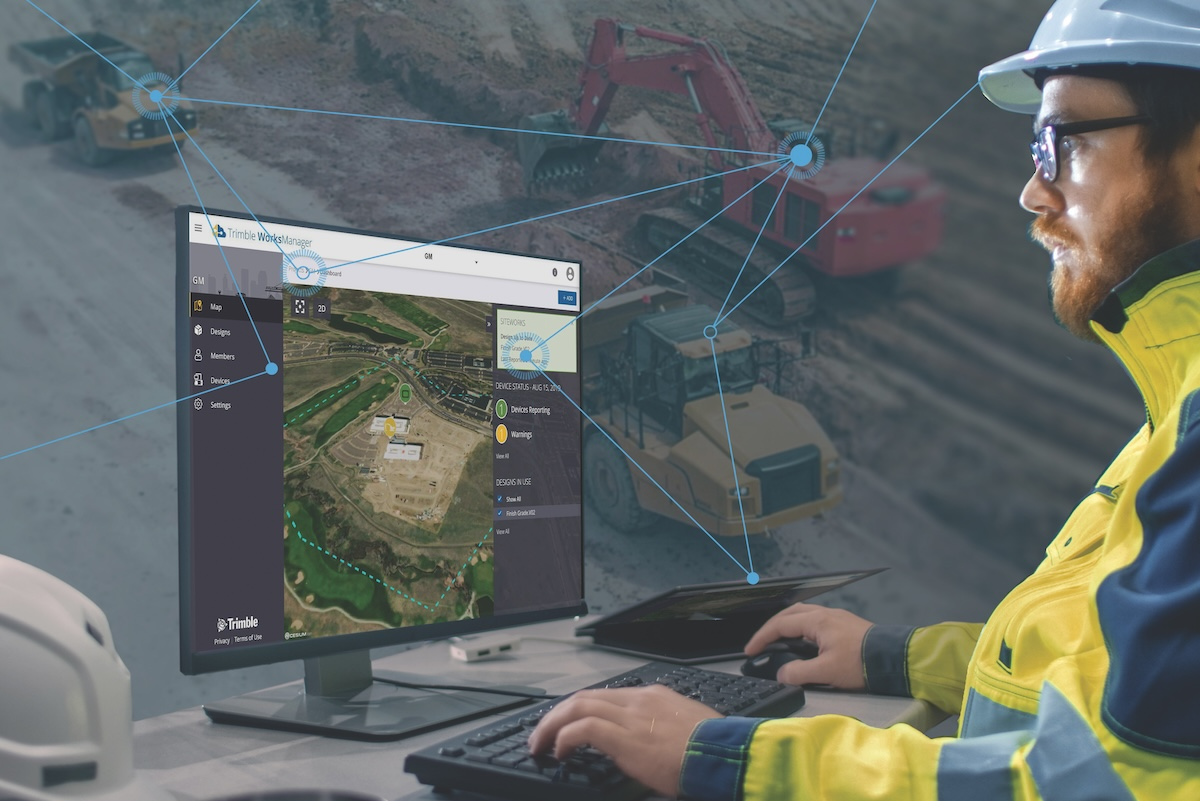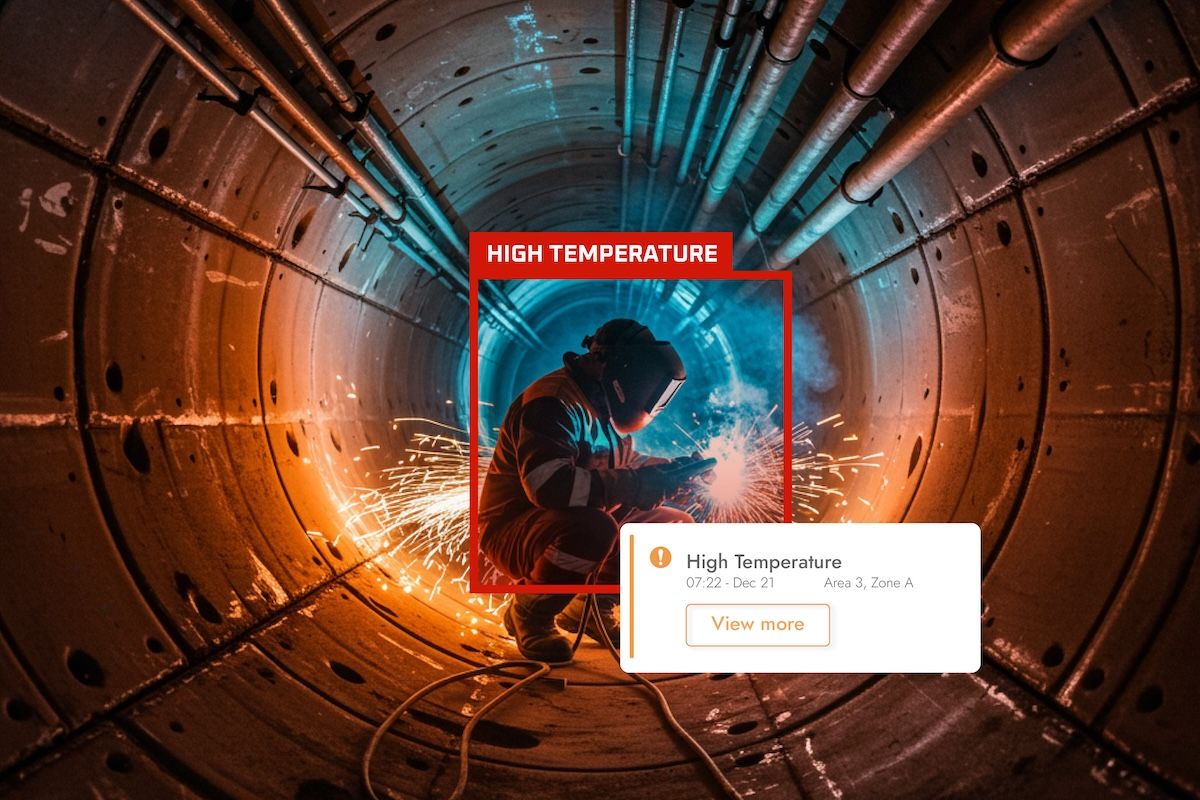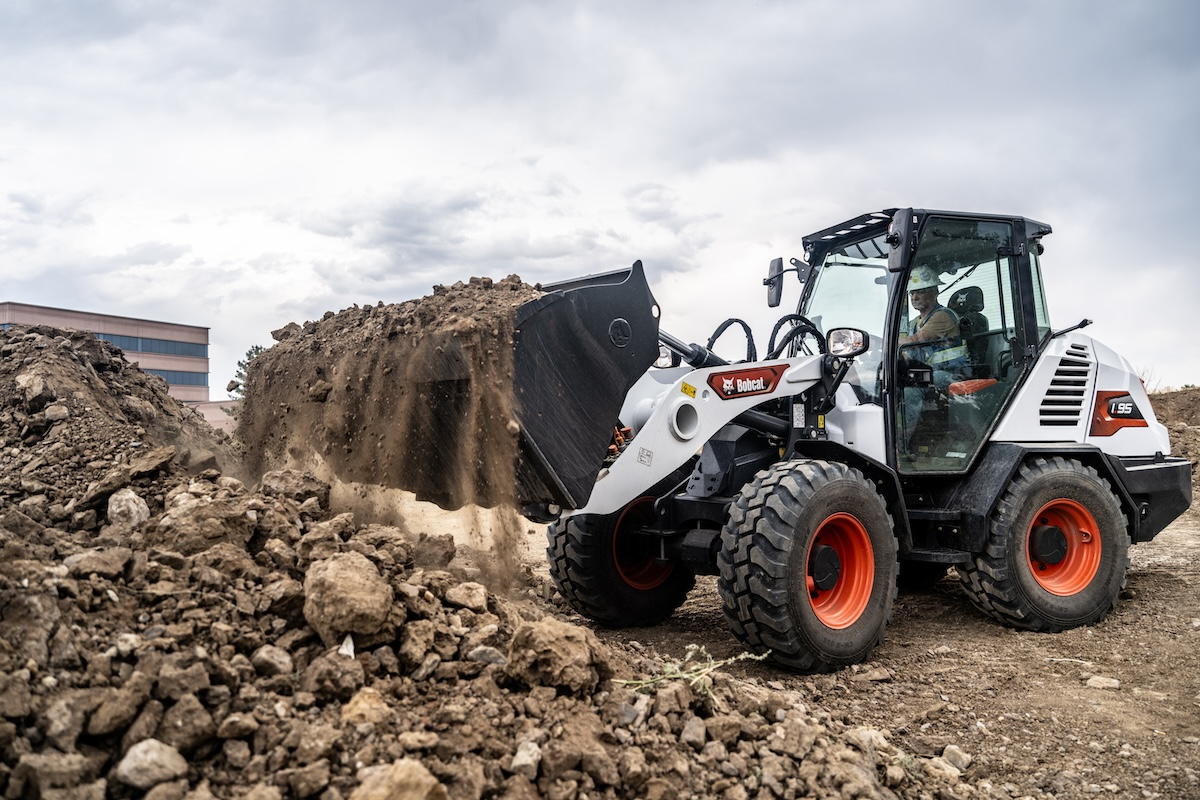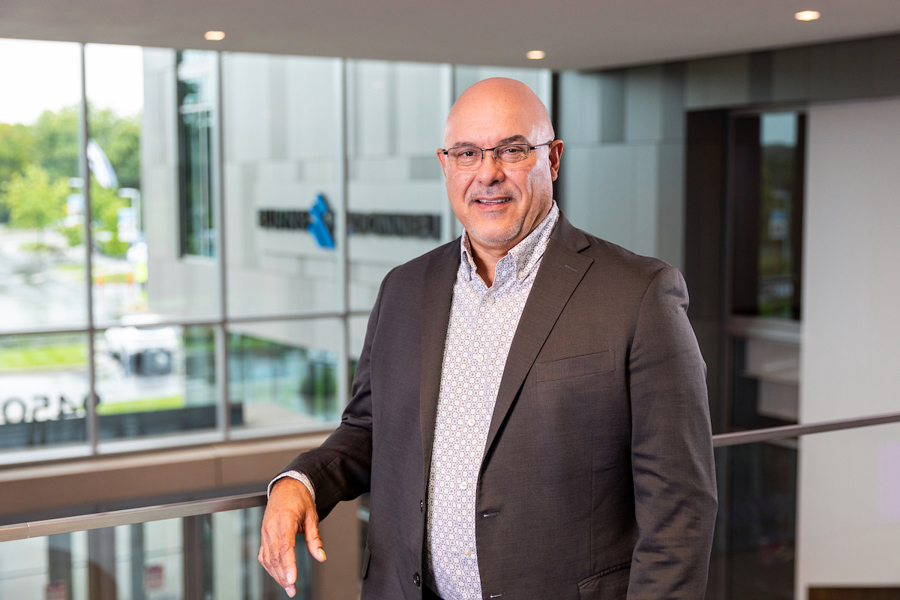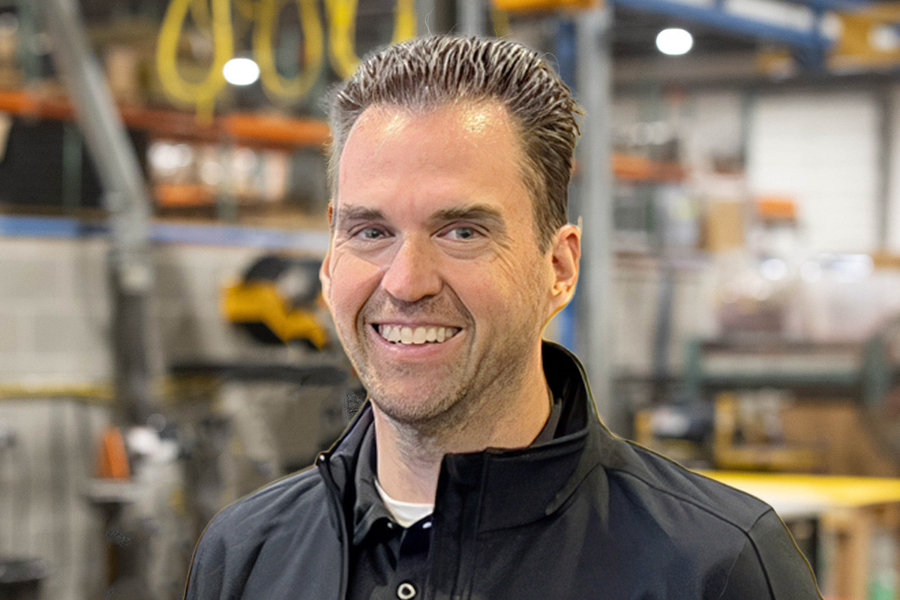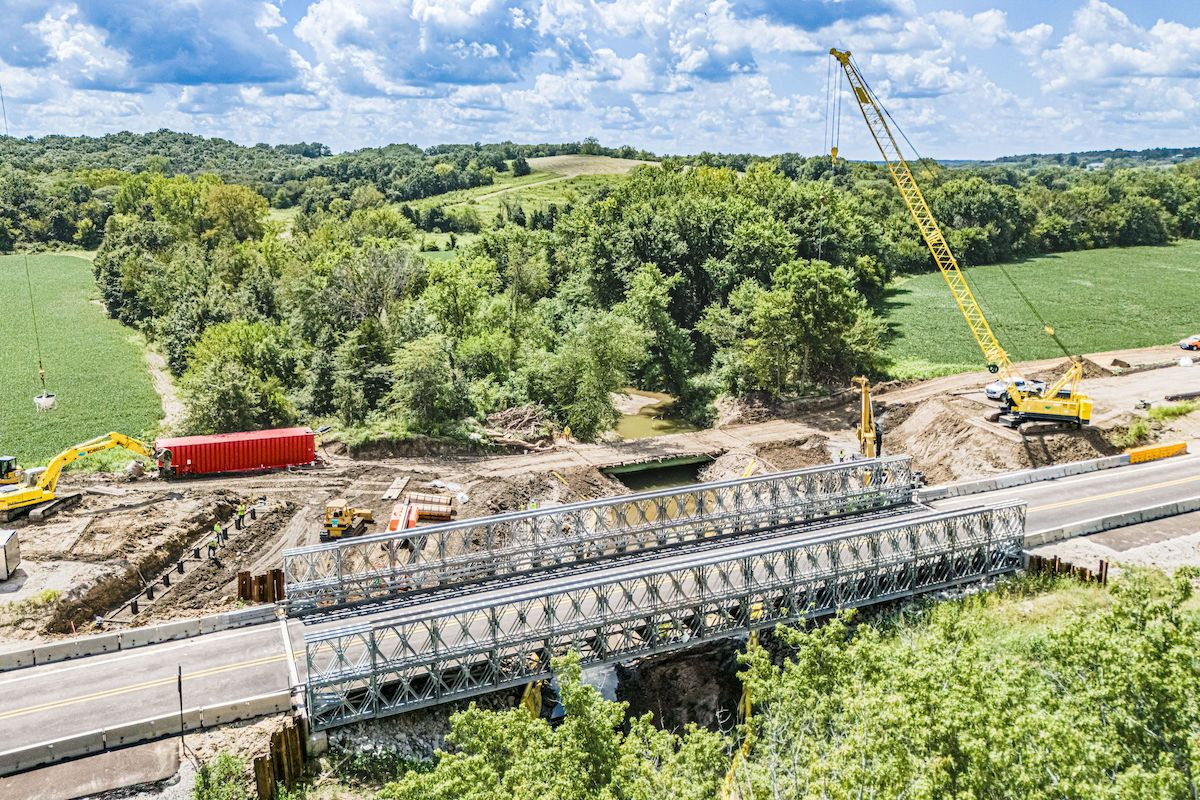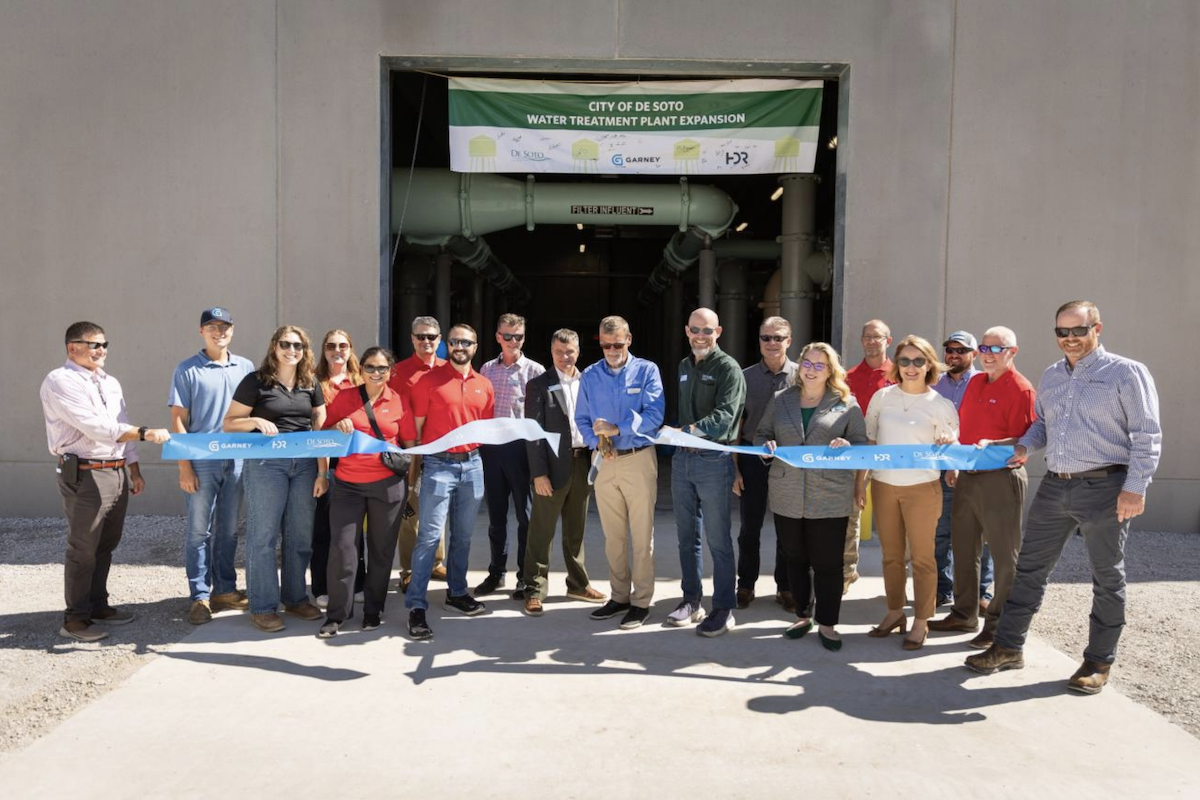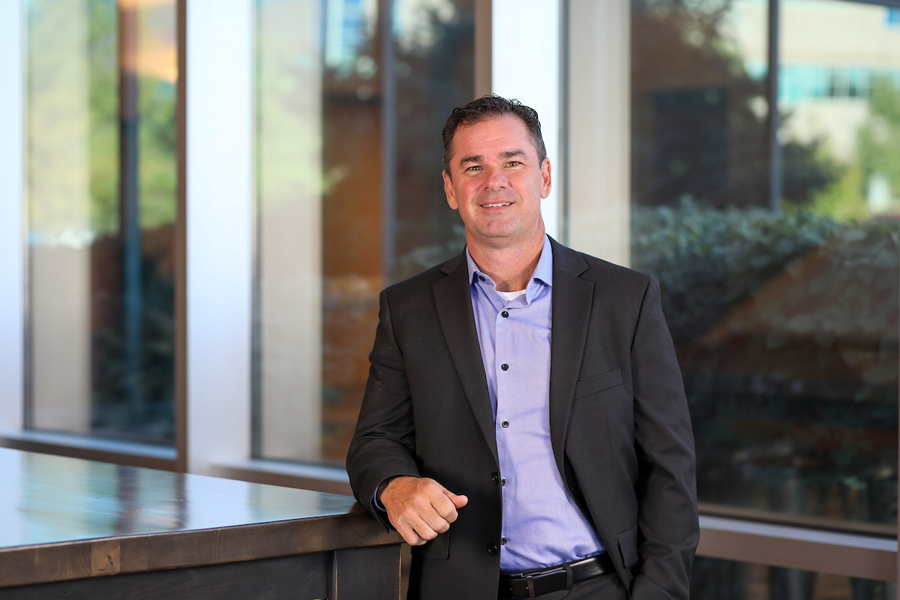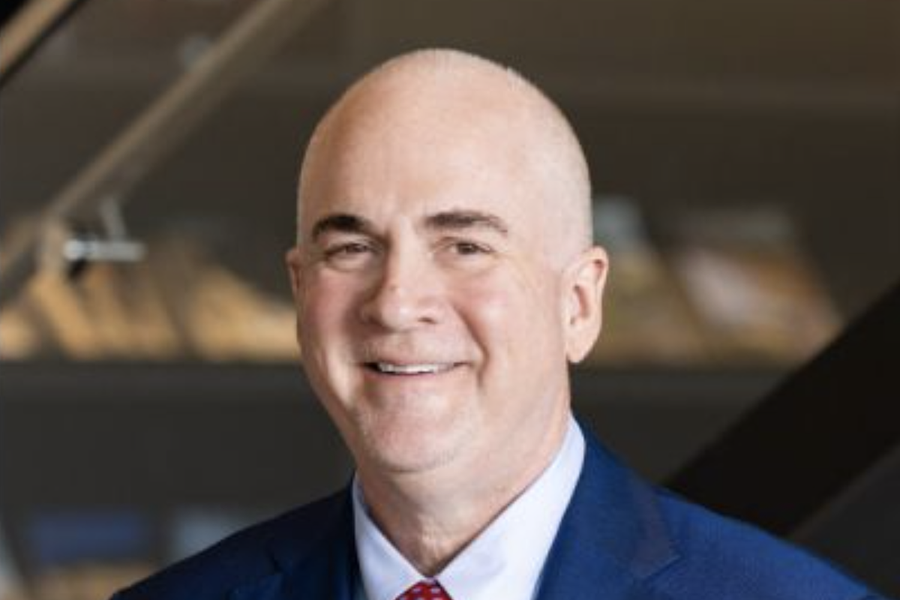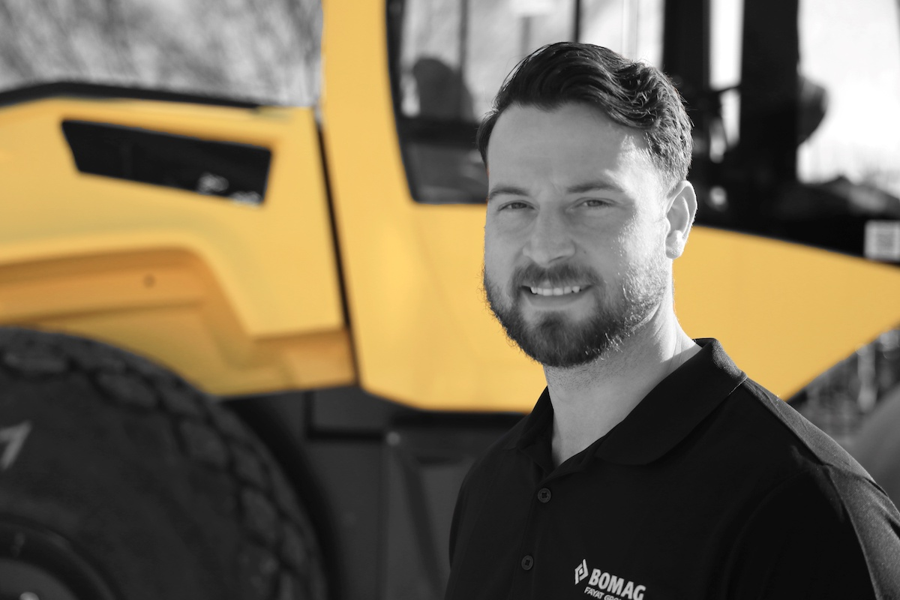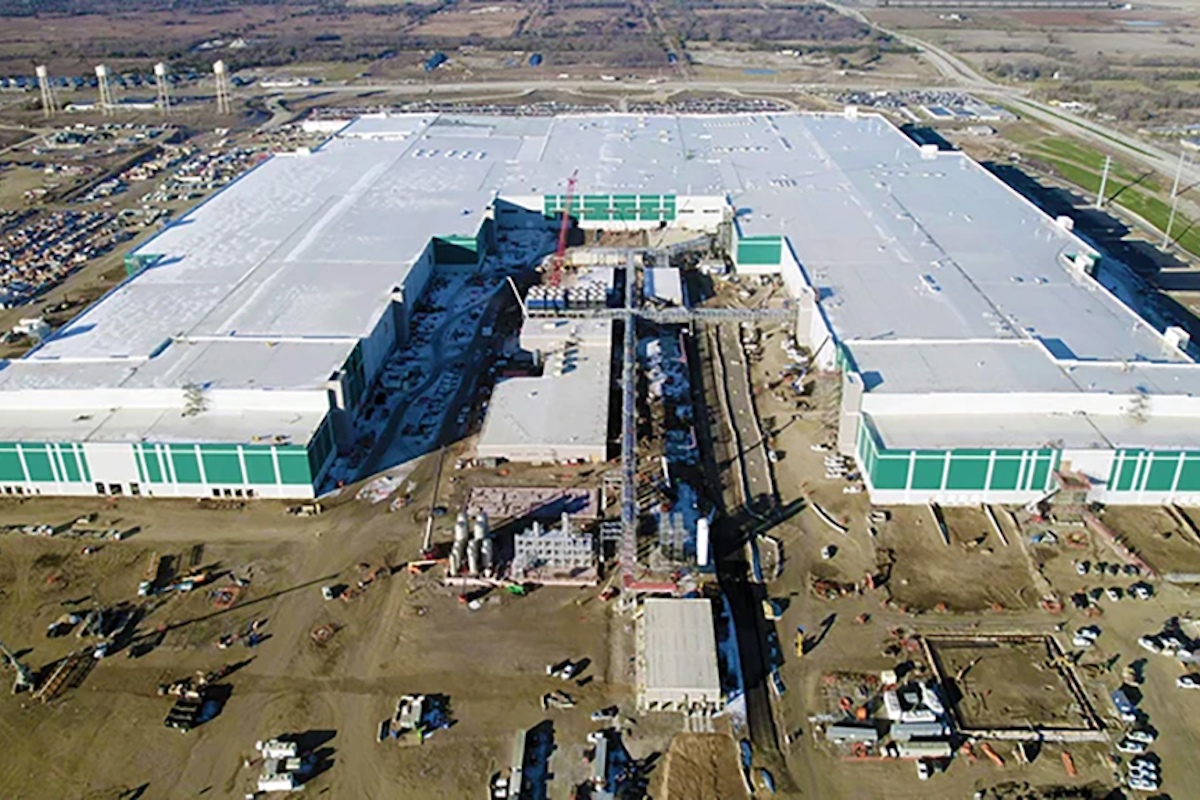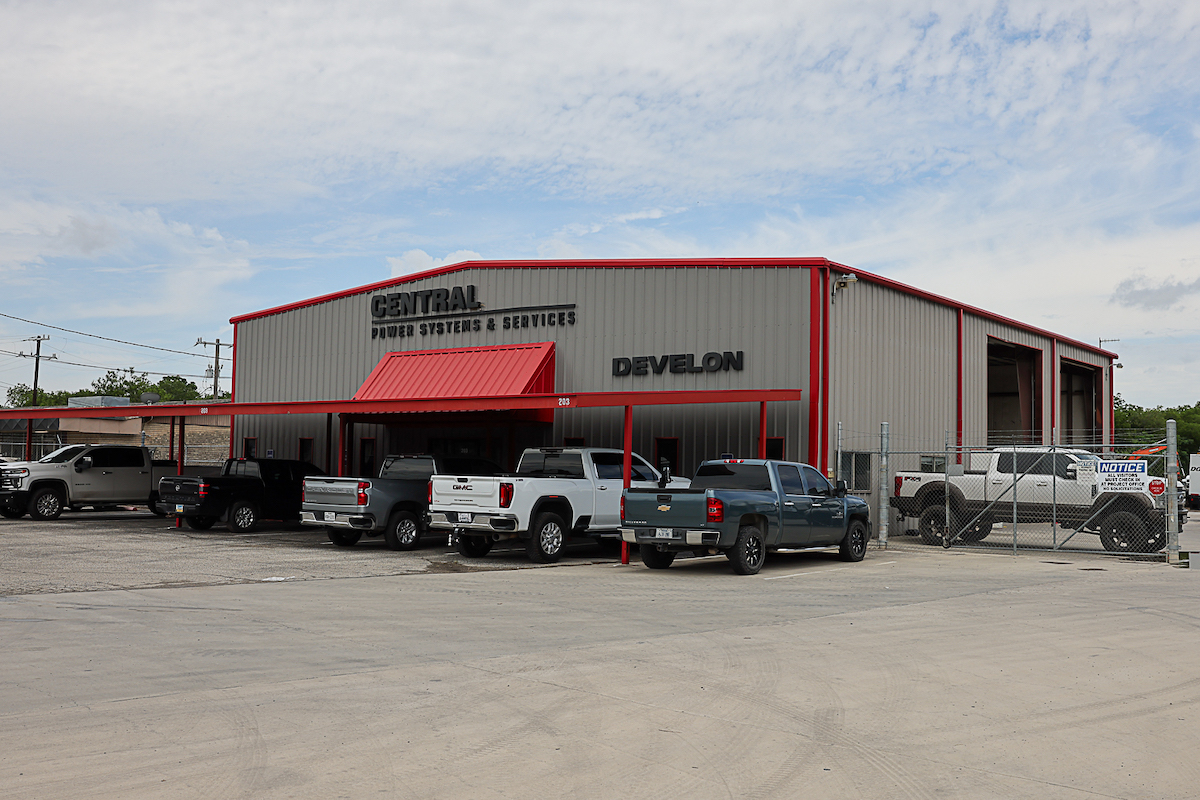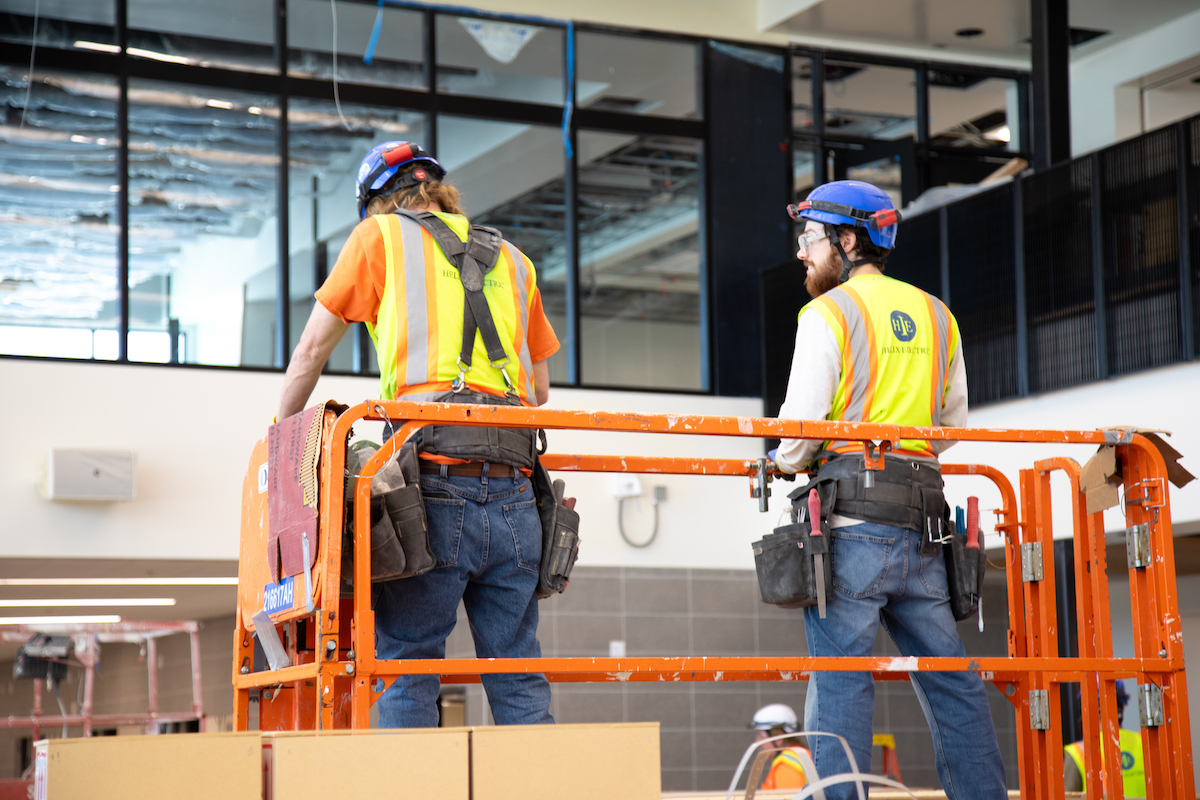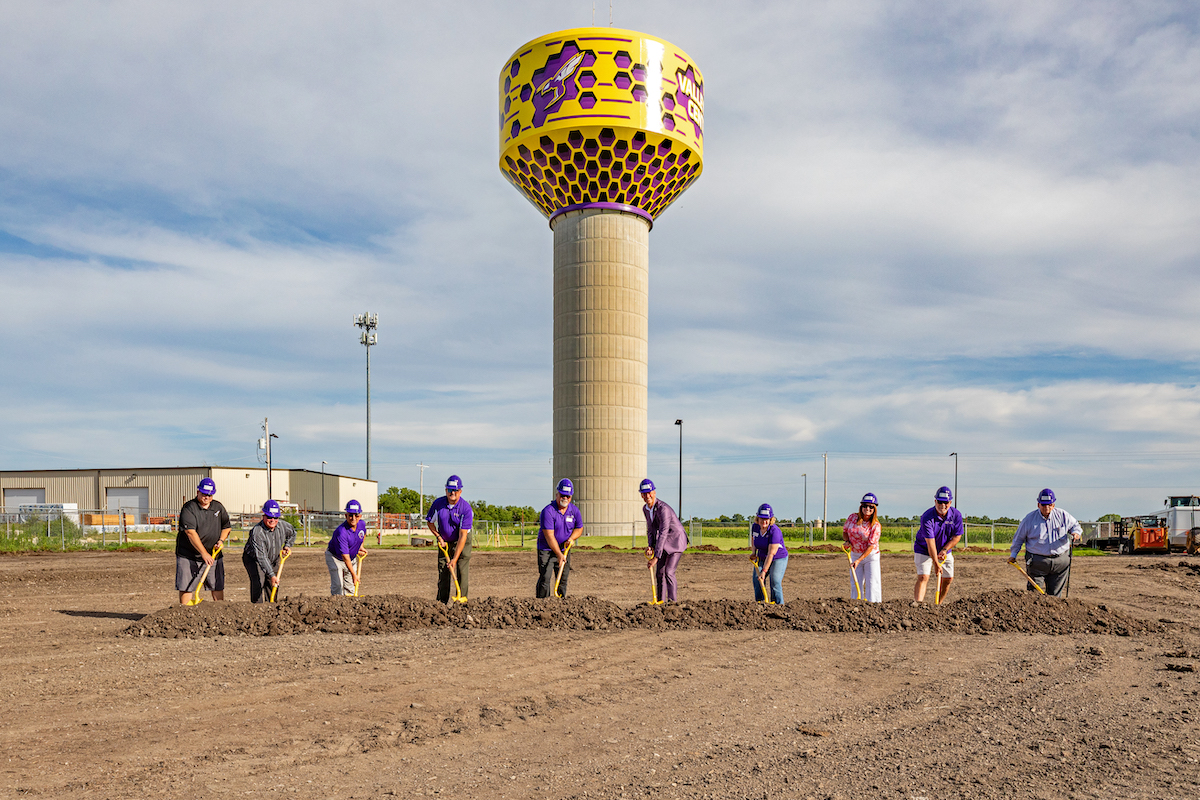In many cases, an organization’s sustainability commitment will directly influence future profitability, given emerging policy and programmatic shifts. For instance, the Federal Buy Clean Initiative and the U.S. General Services Administration’s Inflation Reduction Act Low Embodied Carbon Materials program prioritizes the procurement of lower-carbon construction materials like asphalt, concrete, and steel on federally funded projects. Under the Federal Supplier Climate Risks and Resilience Rule, contractors receiving more than $50 million in annual contracts would be required to publicly disclose emissions details, risks, and reduction targets. Another order states that new projects larger than 25,000 square feet must be designed, constructed, and operated to be net-zero emissions by 2030.
While many of these programs are focused on mega projects and programs, similar requirements will undoubtedly trickle down to the rest of the industry in 2024 and beyond.
In the engineering and construction space, sustainability must be a purposeful commitment and investment. While a sustainability strategy will look different for every company, in nearly every case, technology will underscore success.
Here’s an example: Saunders Construction is the prime contractor on the One River North high-rise in Denver, Colorado. The 343,000-square-foot, 16-story building features an exterior rift that resembles a slot canyon and comprises over 13,000 square feet of water elements and landscaping. The firm introduced a progressive virtual design and construction approach to enhance project predictability and operating margins, reduce rework and material waste, and deliver better environmental performance for eye-opening benefits on the construction of cast-in-place concrete walls.

| Your local Gehl Co dealer |
|---|
| Star Equipment LTD |
In this case, the team scanned each floor of the high-rise prior to the pour and then compared it with models to identify any issues — all while in the field and in minutes. By using progressive scanning of every placement before pouring, the team found errors more quickly, enabling faster issue resolution, usually before the pour occurred. Better yet, because of the short-cycle feedback, the concrete pour team rapidly learned to avoid most errors, improving placement on each floor. The ROI of the entire virtual design and construction process was estimated at 1,164 percent for this project, with a total project cost savings of $505,000 and a total carbon dioxide savings of 144,221 kilograms.
California-based Clark Pacific took a similar technology-focused approach to improve precast workflows to construct a 13-story, 310,000-square-foot, mixed-use building. Using what it calls constructible modeling technology, in this case Trimble’s Tekla Structures, the team was able to produce machine-ready designs with lower material requirements. This methodology helped the team reduce material carbon by about 10 percent and transportation carbon by 44 percent because the panels were lighter, and therefore easier to transport.
In Pennsylvania, architectural firm Studio St. Germain believes technology is integral to sustainable project delivery. The firm integrates Trimble’s SketchUp Sefaira into the early conceptual design process as an iterative tool to help shape both the aesthetic and the building performance. By using the design software, they are able to test different building performance strategies to obtain an early baseline and keep track of specific sustainability metrics throughout the design process.
Nathan St. Germain, Founder and Principal at Studio St. Germain, recently stated that for his firm, “Education is key in shifting perceptions around sustainable design, whether it’s learning about how indoor air quality is vital to your health and well-being or what part of the design process you should make sustainability decisions in.”
Like these companies have shown, an effective sustainability strategy is not an all or nothing endeavor — it’s a steady, continuous emphasis on improvement. In these transformational times, companies can likely find many ways to shape an effective sustainability strategy — and key pieces are likely readily available from industry resources.
To help support its customers and provide scientific versus anecdotal data, Trimble initiated a field study to document the carbon reduction benefits that can be realized using automated solutions, such as horizontal steering control. The results reflected an average time reduction of more than 29 percent, an average reduction of fuel consumption of more than 26 percent, and a potential carbon savings of up to 35 percent when using horizontal steering control. These are eye-opening results that further emphasize the value of technology on a project. Trimble continues to evaluate quantifiable sustainability gains across its grade control portfolio, including the benefits of this technology on excavators, dozers, and motor graders.
By enhancing project efficiencies and effectiveness throughout the asset lifecycle, digital solutions — whether in the field on heavy equipment or in the office with more intelligent, more collaborative solutions — offer opportunities to proactively plan, develop, and deploy sustainability across the lifecycle of a project.
By streamlining workflows and information exchange, companies can boost productivity and make more efficient use of natural resources. We can also contribute to better performance and lifecycle for civil infrastructure and other projects by connecting a community of participants who can organically interact and share information necessary to make decisions across a job site or job sites in real or near-real time.
Taking a digital-first approach is increasingly easier for contractors and other industry professionals thanks to the emergence of technology subscription programs. These programs make it easy for contractors of all types and sizes — from owner-operators to large general contractors — to add, upgrade, or test new technologies without a large upfront investment and long-term commitment.
The right digital-first approach can help any organization save time and resources and deliver more sustainable solutions. With the help of technology, building a more sustainable future is a goal within reach.





